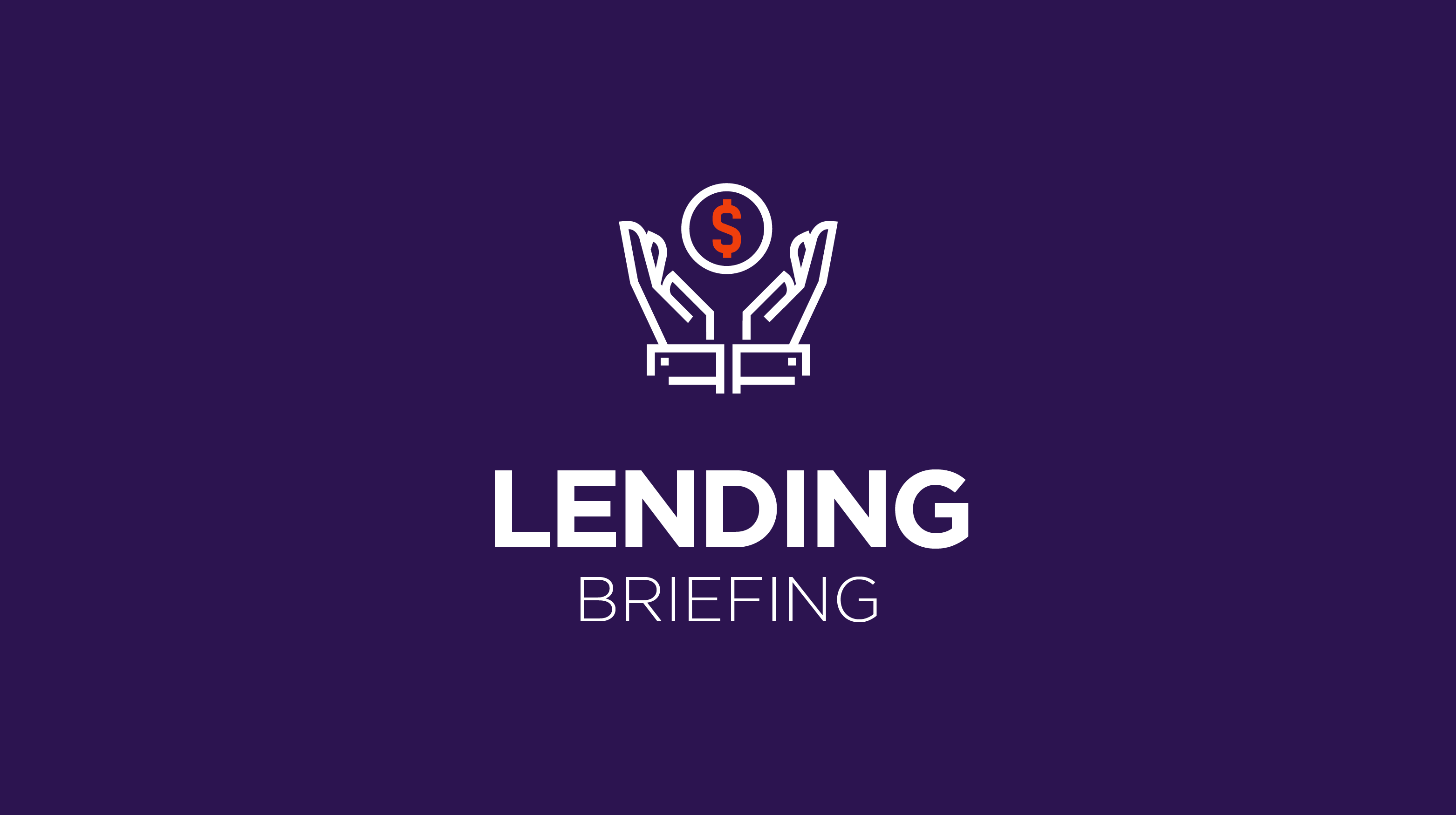Member Exclusive
Lending Briefing: Deserve’s new credit card platform, credit inclusion and collateral crypto
- While label commercial lending is blooming as well, aiming to help companies serve other businesses by giving them easy access to capital - the latest to come to market with such a solution is Deserve.
- Credit inclusion is slowly advancing in the US, and community banks are starting to work with crypto lenders to accept portions of their loans for cryptocurrency.








